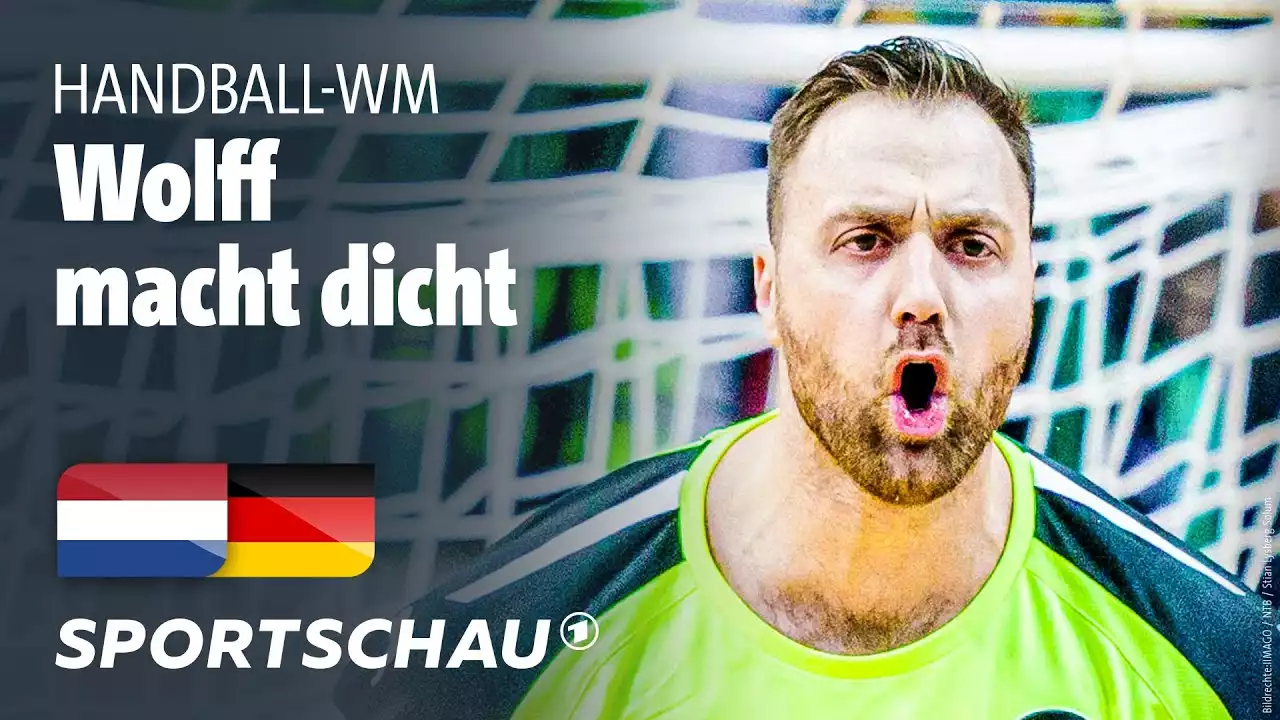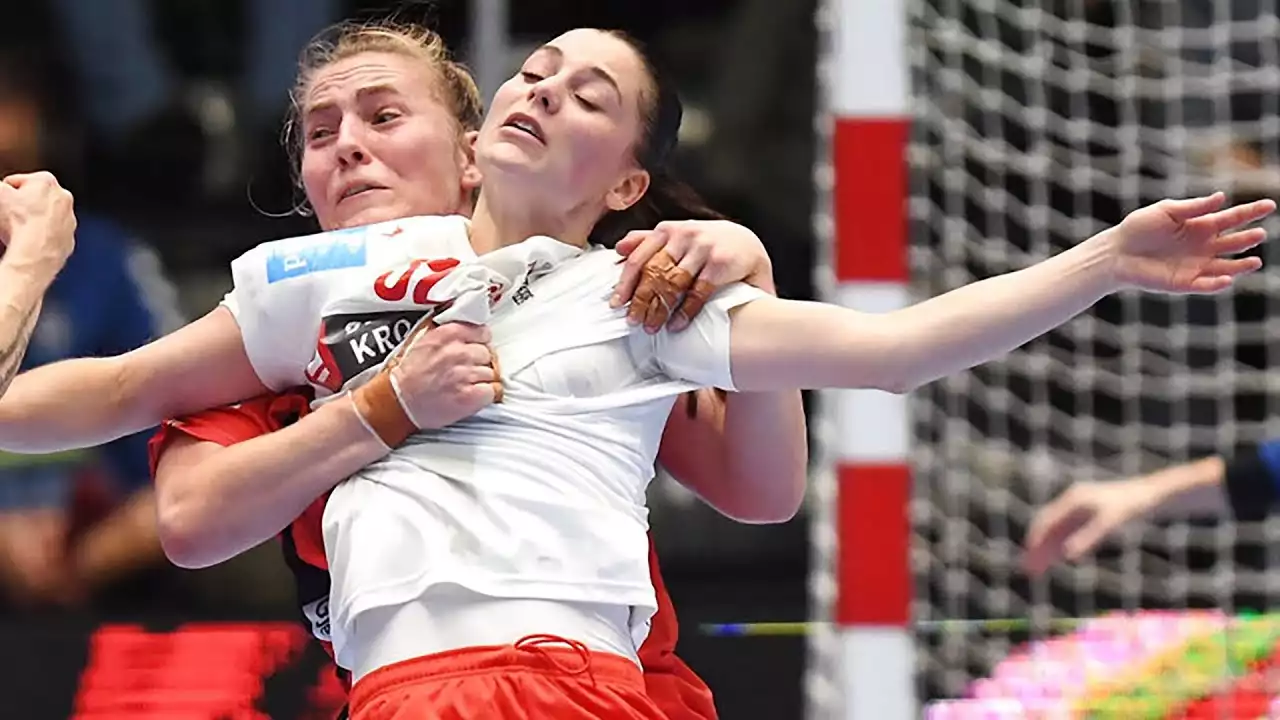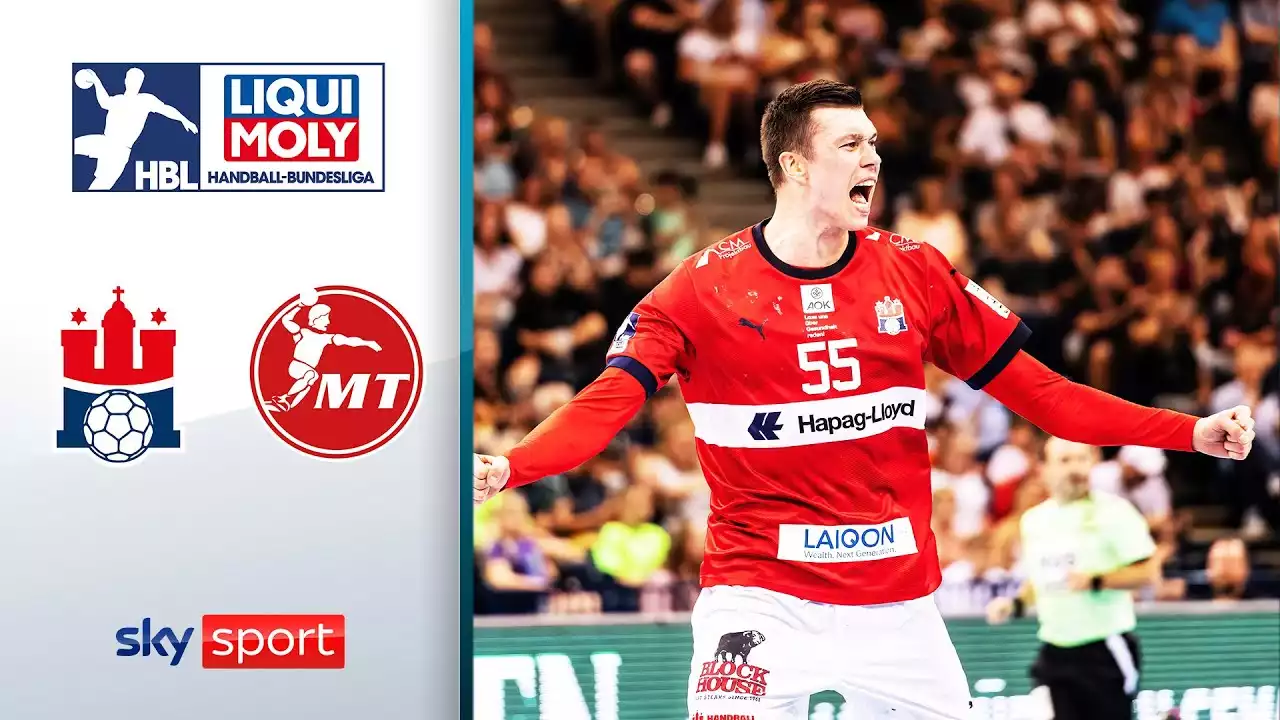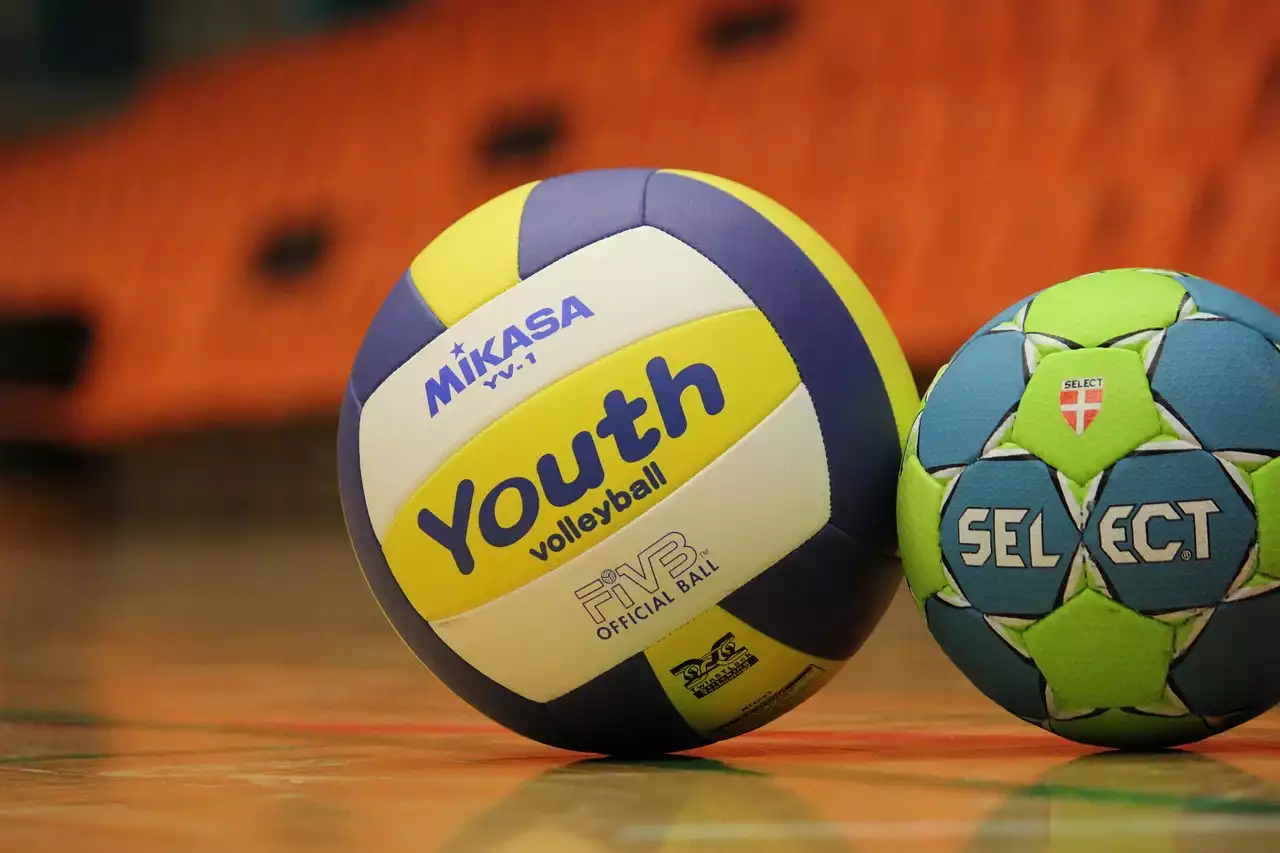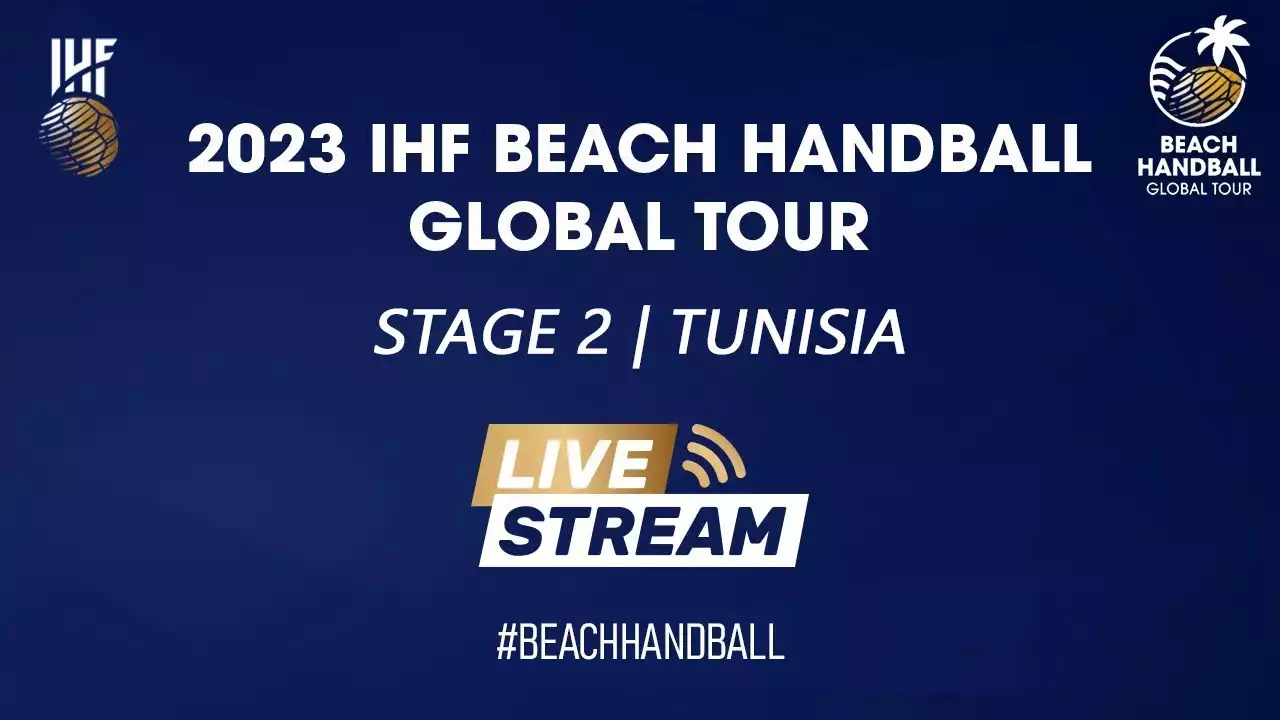International Handball Federation (IHF)
The International Handball Federation (IHF) is the global governing body for handball. Founded in 1946, the IHF's primary objective is to promote and develop handball worldwide. With its headquarters in Switzerland, the IHF is responsible for organizing international competitions, setting the rules of the game, and ensuring fair play. The federation consists of 209 national member federations, making it one of the largest international sports organizations in the world. The IHF is dedicated to advancing handball at all levels, from grassroots to professional, and works tirelessly to enhance the sport's popularity and accessibility. Through its various initiatives and programs, the IHF plays a vital role in shaping the future of handball. The IHF organizes several prestigious tournaments, including the Handball World Championship and the Handball World Cup. These events attract top teams from around the globe, creating a platform for players to compete at the highest level and showcase their skills. The federation's commitment to inclusivity is evident in its efforts to promote gender equality in handball. The IHF actively supports women's handball and has implemented measures to encourage female participation and development. By providing equal opportunities for both men and women, the IHF is driving the growth of handball and ensuring its longevity as a dynamic and inclusive sport. In addition to its role in organizing international competitions, the IHF also collaborates with various stakeholders to drive the global development of handball. The federation works closely with national member federations, providing guidance and support to help them improve their domestic handball programs. Through its development programs, the IHF aims to increase participation, enhance coaching and refereeing standards, and strengthen infrastructure in less developed handball regions. By investing in the development of handball worldwide, the IHF is fostering a strong and sustainable future for the sport.
European Handball Federation (EHF)
The European Handball Federation (EHF) is the governing body for handball in Europe. Established in 1991, the EHF has played a significant role in elevating European handball to new heights. The federation encompasses 50 national member federations and is responsible for organizing various competitions, including the European Handball Championships and the EHF Champions League. These events showcase the best teams and players in European handball, captivating audiences with their fast-paced action and intense rivalries. The EHF's commitment to excellence is evident in its efforts to continuously improve the quality of handball in Europe. The federation invests in the development of players, coaches, and referees, ensuring that European handball remains competitive on the global stage. Through its education and training programs, the EHF provides valuable resources and support to help individuals enhance their skills and contribute to the growth of the sport. By nurturing talent and promoting innovation, the EHF is driving the evolution of handball, making it one of the most revered sports in Europe and beyond. Another key aspect of the EHF's work is its focus on grassroots development. The federation recognizes the importance of fostering a strong foundation for handball at the grassroots level and actively promotes participation among young players. Through its "Handball at School" program, the EHF introduces handball to children in a fun and engaging way, instilling a love for the sport from an early age. By investing in grassroots development, the EHF is ensuring a steady supply of talented players and a bright future for European handball.
Condition and coordination exercises combined with shots by EHF Lecturer Peter Kovacs
Asian Handball Federation (AHF)
The Asian Handball Federation (AHF) is the governing body for handball in Asia. Established in 1974, the AHF has been instrumental in promoting and developing handball in the region. With its headquarters in Kuwait, the AHF encompasses 41 national member federations and is responsible for organizing various competitions, including the Asian Handball Championships and the Asian Club League Championship. These tournaments bring together teams from across Asia, providing a platform for players to showcase their skills and compete at a high level. The AHF is committed to advancing handball in Asia and works closely with its member federations to promote the sport at all levels. The federation provides technical support and training to coaches and referees, ensuring that the standard of handball in Asia continues to improve. Through its development programs, the AHF aims to increase participation and raise awareness about handball in the region. By organizing workshops and seminars, the federation equips individuals with the necessary knowledge and skills to promote and develop handball in their respective countries. The AHF's dedication to grassroots development is evident in its efforts to introduce handball to schools and communities, inspiring a new generation of handball players in Asia. In recent years, the AHF has made significant strides in elevating the profile of Asian handball on the international stage. The federation actively supports Asian teams and players, providing them with opportunities to compete against the best in the world. Through its partnerships with other handball associations and leagues, the AHF is fostering collaboration and exchange of knowledge, contributing to the growth and development of handball not only in Asia but also globally.
19th Asia Women's Handball Championship - KOR vs JPN(Final)
Pan-American Team Handball Federation (PATHF)
The Pan-American Team Handball Federation (PATHF) is the governing body for handball in the Americas. Established in 1976, the PATHF has been instrumental in promoting handball in the region and organizing various competitions, including the Pan-American Handball Championships and the Pan-American Club Championship. These tournaments showcase the best teams from North, Central, and South America, providing a platform for players to compete at a high level and gain international exposure. The PATHF's commitment to the development of handball in the Americas is evident in its efforts to increase participation and raise the standard of the sport. The federation collaborates with its member federations to provide technical support and training to players, coaches, and referees. Through its development programs, the PATHF aims to nurture talent and create a pathway for young players to progress in their handball careers. By organizing training camps and workshops, the federation equips individuals with the necessary skills and knowledge to excel in handball. The PATHF also plays a crucial role in advocating for the sport and raising its profile in the Americas. The federation actively promotes handball through various initiatives, including grassroots programs and media campaigns. By engaging with the local community and media, the PATHF is increasing awareness and generating interest in handball. The federation's efforts have contributed to the growth of handball in the Americas, attracting new fans and inspiring a new generation of players.
African Handball Confederation (CAHB)
The African Handball Confederation (CAHB) is the governing body for handball in Africa. Established in 1973, the CAHB has been instrumental in promoting and developing handball in the continent. The confederation encompasses 49 national member federations and is responsible for organizing various competitions, including the African Handball Championships and the African Club Championship. These tournaments provide a platform for African teams and players to showcase their skills and compete at a high level. The CAHB is committed to advancing handball in Africa and works closely with its member federations to promote the sport at all levels. The confederation invests in the development of players, coaches, and referees, providing them with technical support and training. Through its development programs, the CAHB aims to increase participation and improve the standard of handball in Africa. By organizing coaching courses and seminars, the confederation equips individuals with the necessary knowledge and skills to promote and develop handball in their respective countries. The CAHB's dedication to grassroots development is evident in its efforts to introduce handball to schools and communities, inspiring a new generation of handball players in Africa. In recent years, the CAHB has made significant progress in raising the profile of African handball on the international stage. The confederation actively supports African teams and players, providing them with opportunities to compete against the best in the world. By organizing international tournaments and facilitating exchange programs, the CAHB is fostering collaboration and promoting the growth and development of handball in Africa.
Other notable handball associations and leagues
In addition to the five influential handball associations and leagues mentioned above, there are several other notable organizations that contribute to the growth and development of handball worldwide. These include the Oceania Handball Federation (OHF), which is responsible for governing handball in the Oceania region, and various domestic handball leagues in different countries. These leagues, such as the German Handball Bundesliga and the Spanish Liga Asobal, attract top players from around the world and provide a platform for high-level competition. The OHF plays a crucial role in promoting handball in Oceania and organizes various competitions, including the Oceania Handball Championships. The federation collaborates with its member federations to provide support and resources for the development of handball in the region. By organizing training camps and workshops, the OHF aims to improve the standard of handball in Oceania and increase participation among young players. Domestic handball leagues, such as the German Handball Bundesliga and the Spanish Liga Asobal, are also influential in shaping the sport. These leagues attract top players from around the world, creating a competitive environment and captivating audiences with their high-octane action. The German Handball Bundesliga is known for its passionate fans and intense rivalries, while the Spanish Liga Asobal showcases some of the most technically gifted players in the world. These leagues not only provide entertainment for handball enthusiasts but also contribute to the overall growth and popularity of the sport.
The impact of influential handball associations and leagues
The influential handball associations and leagues discussed in this article have had a significant impact on the growth and development of handball worldwide. Through their efforts to promote the sport, organize competitions, and provide support and resources, these organizations have elevated handball to new heights and attracted a global following. The International Handball Federation (IHF) has played a crucial role in shaping the global handball landscape. The federation's commitment to advancing handball at all levels, from grassroots to professional, has contributed to the sport's popularity and accessibility. Through its various initiatives and programs, the IHF has provided opportunities for players, coaches, and referees to develop their skills and contribute to the growth of handball. The European Handball Federation (EHF) has been instrumental in establishing Europe as a powerhouse in handball. The federation's focus on excellence and continuous improvement has elevated European handball to new heights, attracting top players and teams from around the world. The EHF's commitment to grassroots development ensures a steady supply of talented players and a bright future for the sport in Europe. The Asian Handball Federation (AHF), Pan-American Team Handball Federation (PATHF), and African Handball Confederation (CAHB) have played crucial roles in promoting handball in their respective regions. Through their efforts to increase participation, raise awareness, and improve the standard of the sport, these organizations have contributed to the growth of handball and inspired a new generation of players. The impact of these influential handball associations and leagues extends beyond the sport itself. Handball has the power to bring people together, foster cultural exchange, and promote social inclusion. Through their work, these organizations have created platforms for individuals to connect, share experiences, and celebrate their love for handball.
